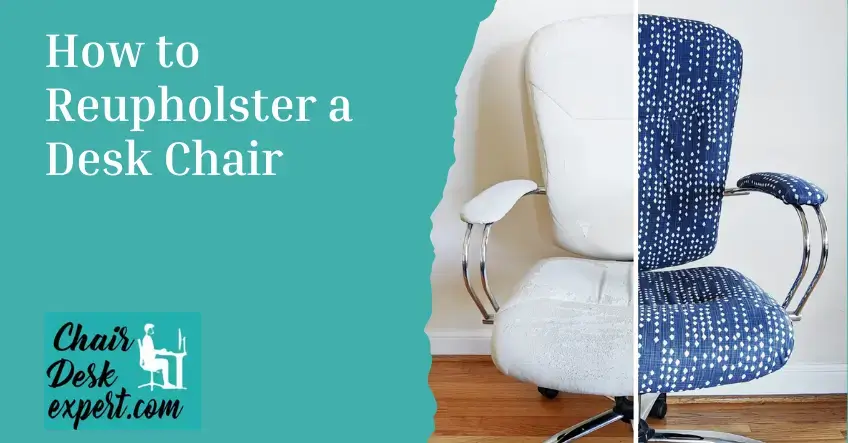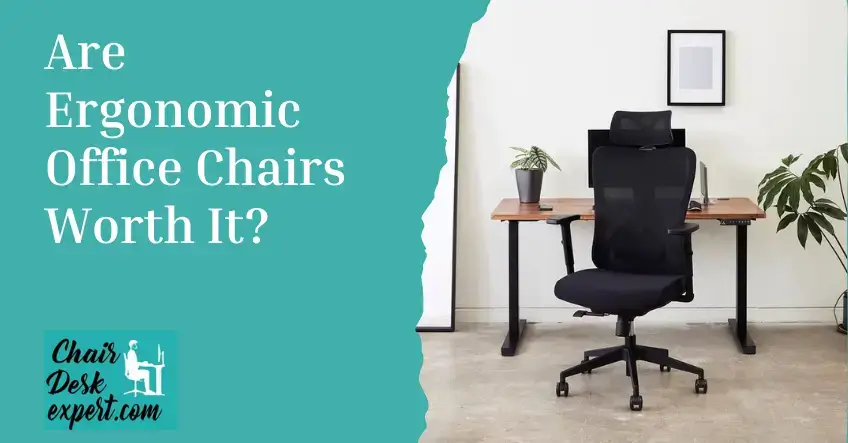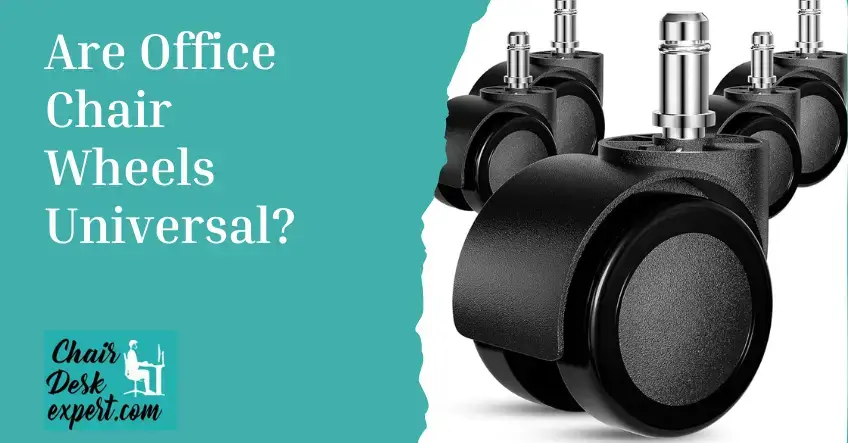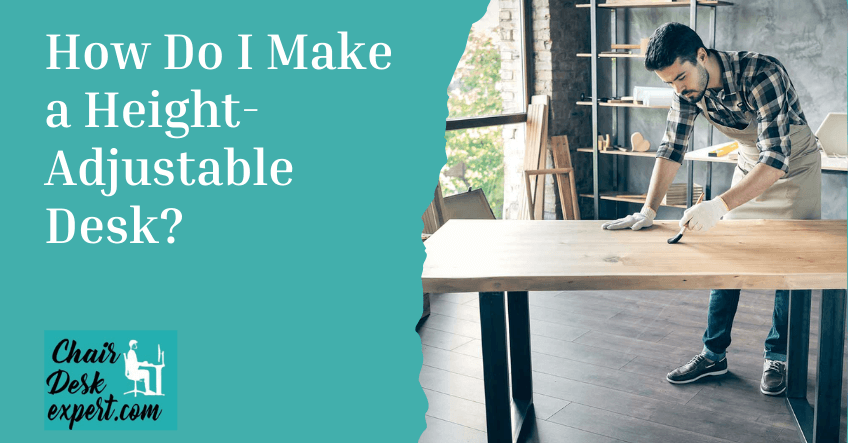How does a sinking office chair feel when you are working in the office? How can you stop the problem? Working in an office for long hours requires comfort and concentration, and a sinking office chair can lead to health issues and discomfort.
It disturbs your posture and flow of work, resulting in decreased working performance. Your best office chair has now started giving you wear and tear, and this issue needs your attention immediately. In this article, we will discuss How to Fix a Sinking Desk Chair and the reason behind the sinking chair
How the mechanism of an office chair works
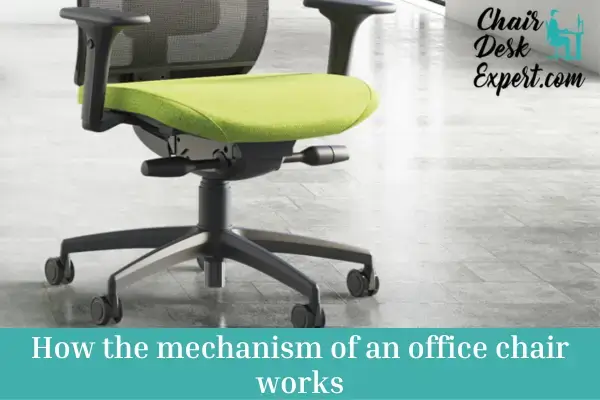
To solve the problem of the sinking office chair, first, you have to understand the reason behind the problem. Height-adjustable office chairs have pneumatic cylinders that are operated by compressing air. The valve connected to the cylinder regulates the airflow and adjusts the chair’s height.
However, when you stand up from the chair, the weight on the seat is no longer present, and the chair may begin to sink.
Symptoms of a Sinking Desk Chair

Pay attention to these signs; as soon as you recognize the issue, it will prevent you from discomfort and bad posture. Carefully watch these symptoms.
1. Gradual Descent:
If you find yourself constantly adjusting the height of your chair, but it still seems to slowly descend over time, this is a sign of a sinking issue.
2. Inconsistent Height Maintenance:
Your chair might struggle to maintain a consistent height, causing disruptions in your preferred seating position and hindering your focus on work tasks.
3. Audible Hissing Sounds:
The chair may have an air leakage issue from a damaged pneumatic cylinder seal if you hear unusual hissing sounds while adjusting its height.
4. Unwanted Tilting:
A sinking chair may unexpectedly tilt forward or backward, affecting your balance and increasing the risk of discomfort and potential injuries.
Read Also: How To Fix Desk Chair Hydraulics
Common Reasons Why an Office Chair Keeps Sinking
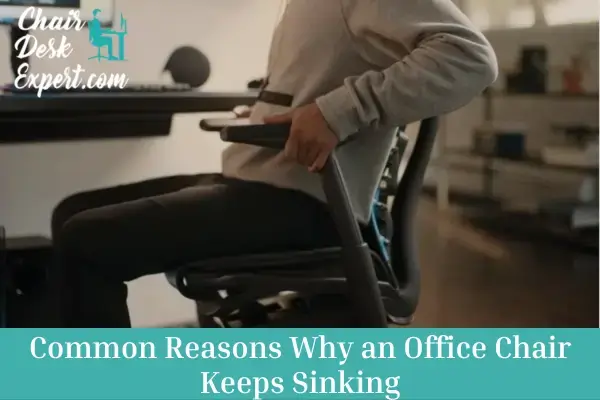
An office chair that keeps sinking can be frustrating. There are several reasons why An office chair keeps sinking.
One common reason is a leaky gas cylinder. The gas cylinder controls the height adjustment mechanism in the chair. Over time, it can develop leaks, causing the chair to sink.
Another reason is a damaged height adjustment lever. The lever can become worn out or damaged, leading to a loss of tension. This loss of tension causes the chair to sink.
A loose or worn-out seat mechanism can also cause a chair to sink. The seat mechanism connects the seat to the gas cylinder and can become loose or worn out over time.
Some office chairs have weight adjustment mechanisms allowing you to customize the chair’s resistance based on weight. The chair will keep going down if this setting is not correctly adjusted.
Lastly, low-quality or worn-out components in the chair’s construction can cause problems with the height adjustment mechanism, leading to the chair sinking.
How to Fix a Sinking Desk Chair- 2 easy methods
Below we will tell you two easy and effective methods on how to fix a sinking desk chair, they will help you to solve the issue.
Method One: The PVC Pipe Technique
1. Measure the Cylinder
- Pull down the plastic cover on the Cylinder to measure its diameter with a ruler. Measure the length of the Cylinder at the desired height.
2. Cut PVC Pipe to Length
- Purchase PVC pipe with a 1.5-inch diameter (3.8 cm) and create a single slit by cutting it lengthwise.
3. Open the Pipe
- Snap the PVC pipe around the chair cylinder on the slit side. Then, adjust the chair’s plastic skirt to access the Cylinder. The PVC pipe will prevent the chair from sliding down.
4. Attach the Pipe to the Cylinder
- If you find it difficult to snap the PVC pipe, you can cut it into shorter pieces and snap it again. Also, make sure to check and adjust the chair height as needed by adding more PVC pipe sections. This will ensure that the chair height is correct.
Read Also: How Long Should You Stand AT A Standing Desk
Method Two: Employ a Hose Clamp and Duct Tape
1. Expose the Cylinder
- Remove the plastic tube covering the expandable Cylinder. Gain access to the Cylinder by potentially removing the chair base.
2. Set and Clamp the Height
- Clean the Cylinder, lubricate it well, wrap duct tape around it for better grip, and apply a hose clamp tightly.
3. Apply Duct Tape
- Cover the Cylinder with duct tape in a careful and organized manner. Clean any residue from the surface and scuff it to improve tape adhesion.
4. Test the Hose Clamp
- Make sure the hose clamp is properly secured on top of the duct tape layer. Then, reassemble the office chair and check its height.
5. Test Your Desk Chair
- Ensure the chair is adjusted to the optimal height.
Final Verdict on How to Fix a Sinking Desk Chair
Both of these methods are quite basic, but they can extend the life of your office chair, especially if you’re already in the market for a new one.
However, it’s always best not to compromise on workplace seating. If you attempt to repair your office chair and it still doesn’t feel comfortable, then it’s probably time to start searching for a replacement.
FAQS on How to Fix a Sinking Desk Chair
Why does my office chair feel like it’s leaning forward?
The forward tilt knob may be stuck or broken, creating a sensation of leaning forward. Check and fix the forward tilt knob to resolve the issue.
What is tilt tension in an office chair?
Tilt tension refers to the adjustability of resistance or tension in the backrest when leaning back. It determines the ease of reclining and controls the force required for comfortable lounging.
How long do office chairs last?
On average, office chairs should be replaced every 7-8 years. However, individual chairs may vary. Replacement is advisable due to wear and tear, which not only affects the chair’s appearance but can also impact factors like posture.
When should I replace my desk chair?
A broken seat back or armrest is a clear indicator that your office chair needs replacing. Signs such as a loose armrest, slight seat back wobble, or broken adjustment levers can hinder your job performance, signaling the need for a replacement.






